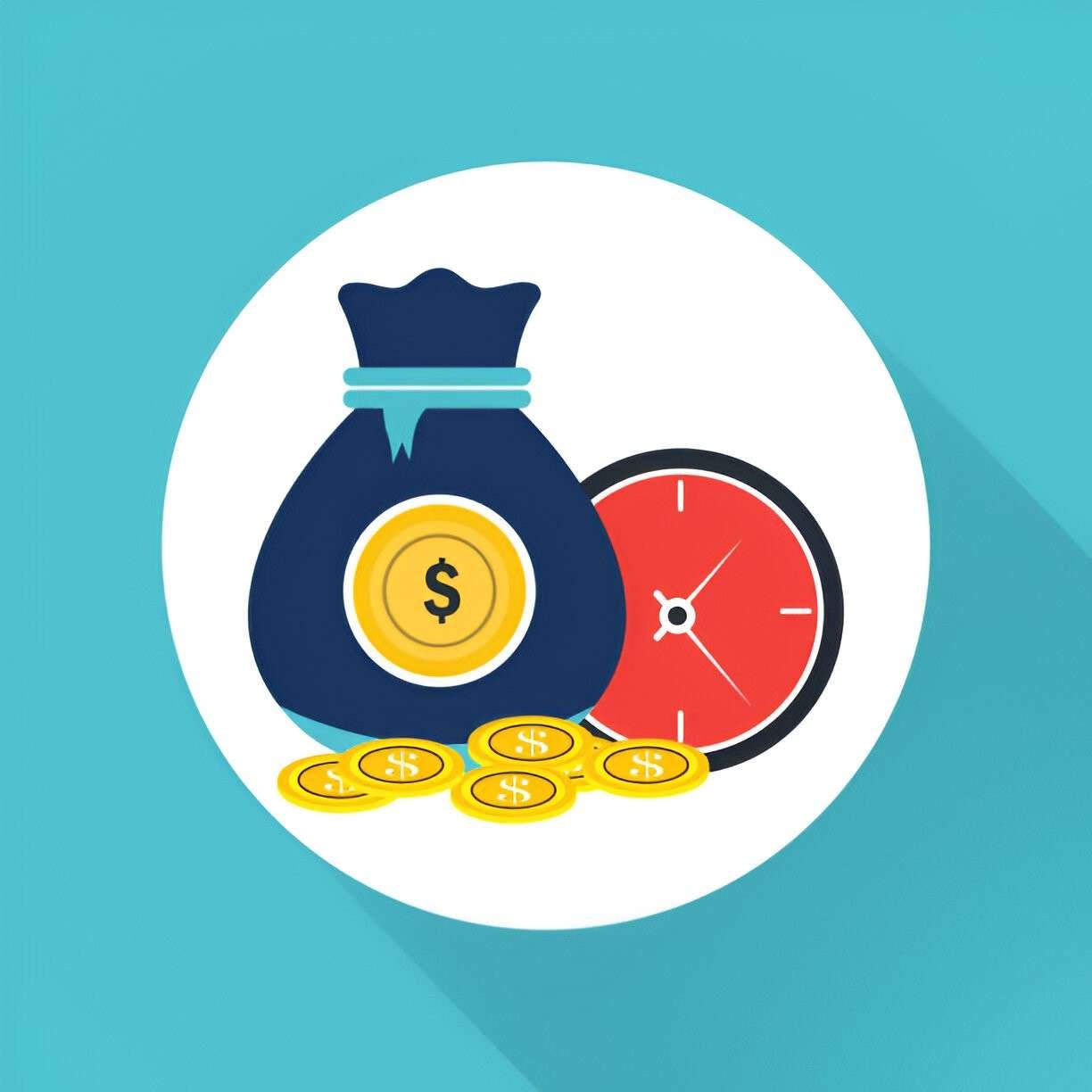Introduction
I often get asked about mutual funds that deliver the highest returns over time. Investors want funds that consistently outperform the market, but identifying them requires more than just looking at past performance. In this article, I break down what makes a mutual fund an all-time high-return performer, the risks involved, and how to evaluate them properly.
Table of Contents
What Are All-Time High Return Mutual Funds?
All-time high return mutual funds are those that have delivered exceptional returns over extended periods, often outperforming benchmarks like the S&P 500. These funds achieve this through skilled management, strategic asset allocation, or exposure to high-growth sectors.
Key Characteristics:
- Consistent Outperformance – Beating their benchmark over 5, 10, or even 20 years.
- Low Expense Ratios – High returns are often eroded by fees, so the best funds keep costs low.
- Strong Risk-Adjusted Returns – Measured by metrics like the Sharpe ratio (Sharpe\ Ratio = \frac{R_p - R_f}{\sigma_p}), where R_p is portfolio return, R_f is the risk-free rate, and \sigma_p is portfolio volatility.
Historical Top Performers
Let’s look at some of the best-performing mutual funds in U.S. history:
| Fund Name | Category | 10-Year Annualized Return | Expense Ratio |
|---|---|---|---|
| Fidelity Contrafund (FCNTX) | Large Growth | 12.5% | 0.86% |
| T. Rowe Price Blue Chip Growth (TRBCX) | Large Growth | 14.2% | 0.69% |
| Vanguard PRIMECAP (VPMCX) | Large Blend | 13.8% | 0.31% |
Data as of 2023 (Source: Morningstar)
These funds have consistently beaten the S&P 500’s average annual return of ~10%.
How Do These Funds Achieve High Returns?
1. Active Stock Selection
Fund managers pick stocks with high growth potential. For example, a fund might have heavily invested in tech giants like Apple or Microsoft early on.
2. Sector Betting
Some funds outperform by concentrating on high-growth sectors like technology or healthcare.
3. Low Turnover Strategy
Buying and holding quality stocks reduces transaction costs and capital gains taxes.
4. Compounding Effect
The power of compounding (A = P(1 + \frac{r}{n})^{nt}) works best when returns are consistent.
Risks of Chasing High Returns
Past performance doesn’t guarantee future results. Some risks include:
- Market Timing Risk – A fund may have benefited from a bull market but could underperform in a downturn.
- Manager Risk – If a star manager leaves, performance may drop.
- High Fees – Some high-return funds charge excessive fees, eating into profits.
How to Evaluate a High-Return Mutual Fund
1. Compare Against Benchmarks
A fund returning 15% sounds great, but if the S&P 500 returned 18% in the same period, it’s underperforming.
2. Check the Sharpe Ratio
A higher Sharpe ratio means better risk-adjusted returns.
3. Analyze Expense Ratios
Even a 1% fee can significantly impact long-term wealth. For example:
- $10,000 investment over 30 years at 10% return:
- With 0.5% fee: Final value = 10,000 \times (1.095)^{30} \approx \$174,000
- With 1.5% fee: Final value = 10,000 \times (1.085)^{30} \approx \$116,000
That’s a $58,000 difference!
4. Look at Drawdowns
How much did the fund lose in bad markets? A fund that drops 50% in a crash needs a 100% return just to break even.
Should You Invest in All-Time High Return Funds?
It depends on your risk tolerance and investment horizon. If you’re young and can handle volatility, these funds may fit. If you’re near retirement, stability matters more.
Alternatives to High-Return Mutual Funds
- Index Funds – Lower fees, market-matching returns.
- ETFs – More tax-efficient than some mutual funds.
- Dividend Growth Funds – Steady income with moderate growth.
Final Thoughts
All-time high return mutual funds can be great wealth builders, but they come with risks. Always analyze performance metrics, fees, and risk factors before investing. A balanced portfolio often beats chasing the hottest fund.





